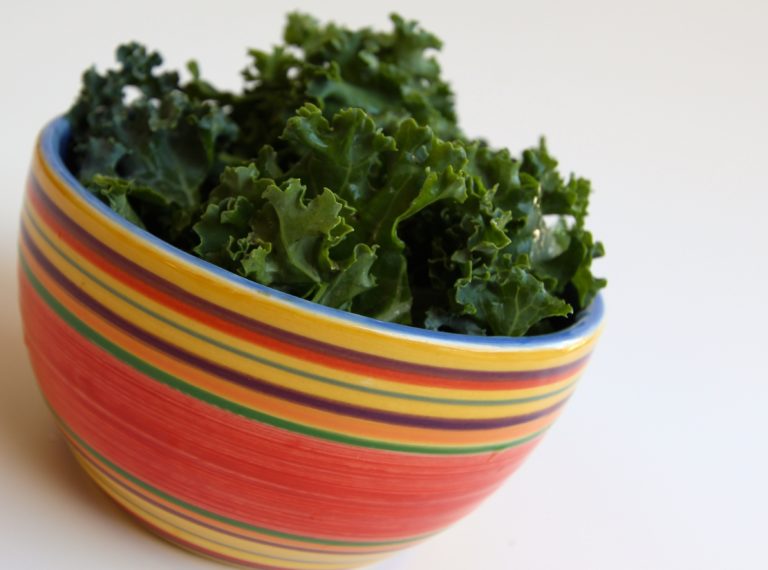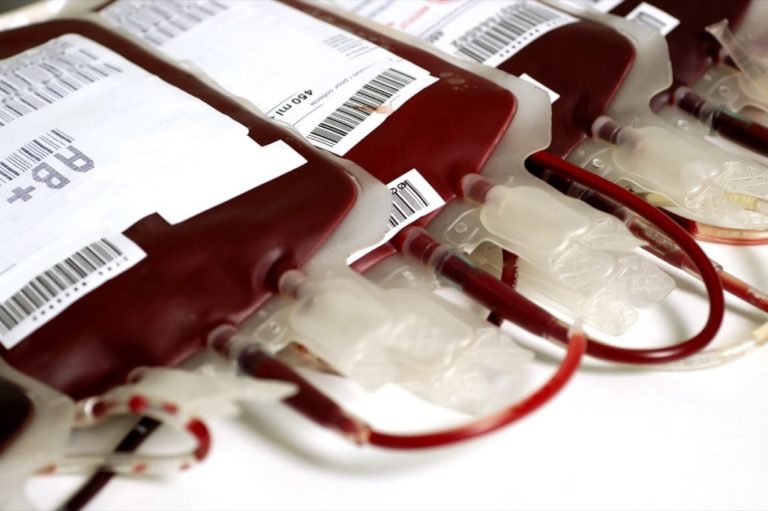
Once the summer heat reaches sweltering temps, taking your workout beyond the gym can pose some risks. About 618 people die from complications related to extreme heat each year in the United States, according to the Centers for Disease Control and Prevention (CDC), including heat exhaustion and heat stroke.
The two are similar but have some key differences. Heat exhaustion comes down to a couple of factors: exposure to uncomfortably high temperatures over several days and a lack of fluids. This can lead to lots of sweating, rapid breathing, and a fast but weak pulse, according to the U.S. National Library of Medicine.
If left ignored and your symptoms get worse, heat exhaustion can actually develop into heat stroke, a deadly illness that occurs when your body temperature soars very quickly, spurring a chain of even more unpleasant symptoms. Here’s how you can recognize heat stroke symptoms.

























